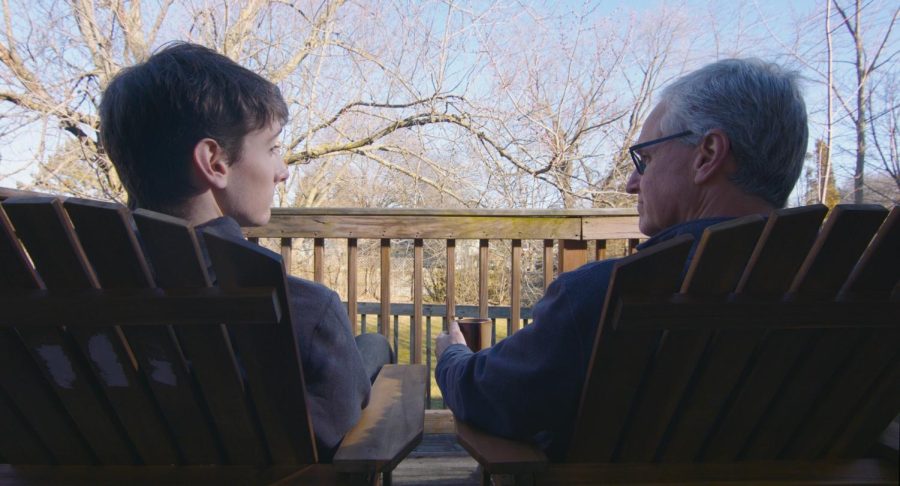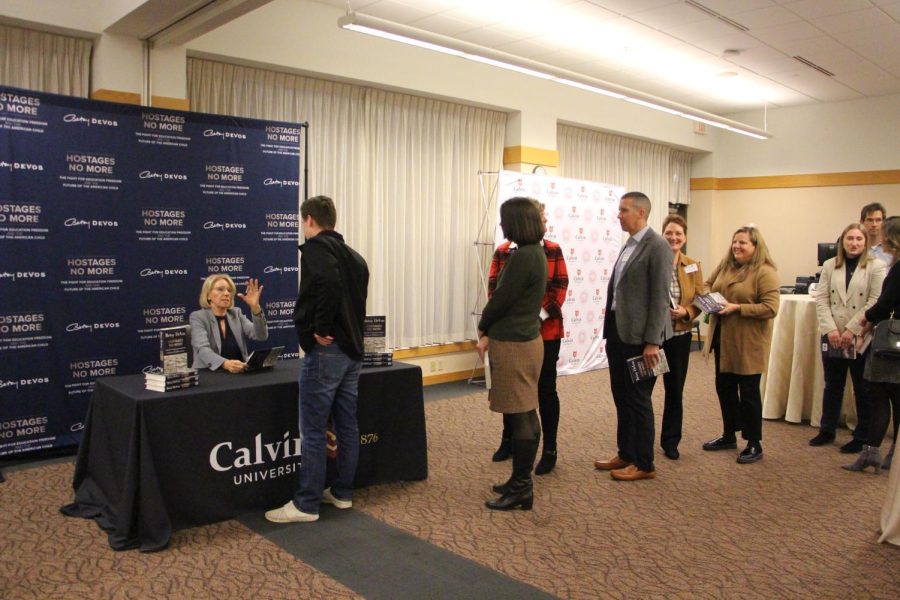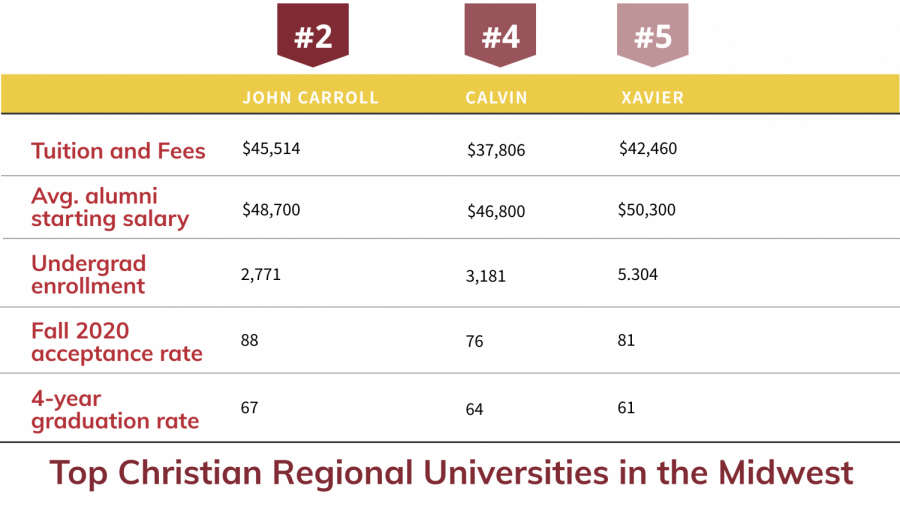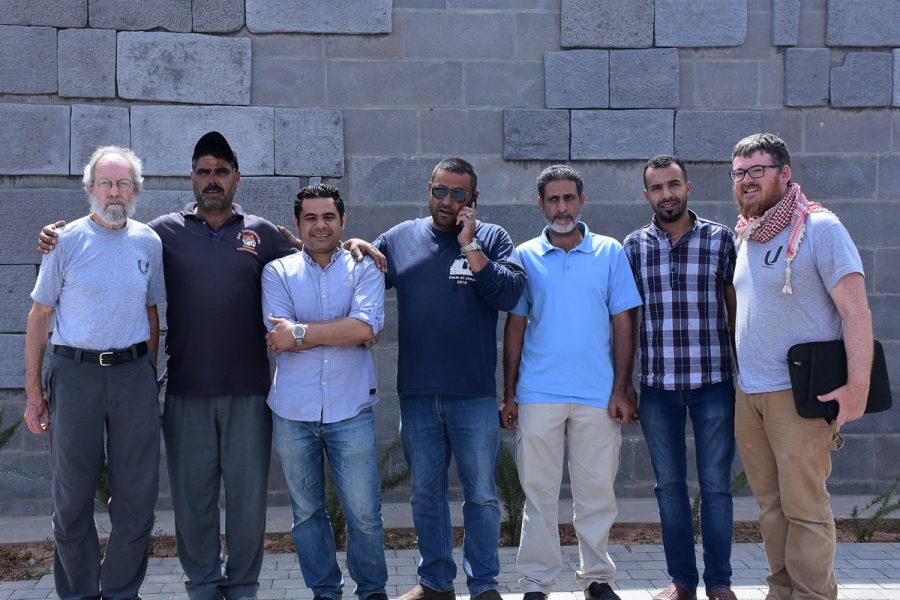At 4 p.m. on the Thursday after spring break, row after row of students crammed into the Commons Lecture Hall. A little after 5 p.m., empty chairs and several stone-faced groups remained.
Those who had staked a claim on an apartment in the selection process for Knollcrest East (KE) had left, and those that remained were left homeless.
Of course, the situation is not nearly as bleak as it seems.
Jay Wise, the assistant dean of residence life, and Jason Shaffer, the area coordinator for KE, assured the disappointed students that they would work with them to find housing as they passed around handouts with alternative options.
Nevertheless, the 125 students who did not get into KE this year are understandably disgruntled to be getting the news relatively late in the game.
Most rising juniors and seniors signed rental agreements several months earlier for off-campus houses, duplexes or apartments. Wise said they try to do KE apartments selection later because by then, students have figured out their plans for the upcoming year.
Things didn’t go according to plan for sophomore Anisha Theccanat and her two friends, who were planning on living in KE. During the week of apartment selection, all groups of two and three were emailed that there wouldn’t be any room for them this year.
“When you think KE, you think it’s a for-sure thing that you will get in,” said Theccanat. “It’s ridiculous because now we’re scrambling.”
In the past three or four years, snagging a spot in KE has become increasingly competitive. The sticker price for KE appears to be more expensive than living off-campus, but for more and more students, what was once the “backup option” is becoming the most practical.
That $3,820 for the year is wrapped up with tuition payments and includes utilities, laundry facilities, WiFi, cable, a social atmosphere and proximity to class buildings.
This is Shaffer’s first year as area coordinator for KE and he’s brought some changes to the application process. In the past, a group’s combined number of academic credits determined its priority in the KE apartment selection.
This time, Shaffer, the former residence director of Bolt-Heyns-Timmer, determined priority by group size and then by “first come, first served.”
He said that it was difficult to obtain accurate credit numbers with the old system and that there were instances of students choosing to live with high-credit students just to be guaranteed a spot in KE.
Critics of the policy agree that accepting applications on a chronological basis is certainly more straightforward and eliminates the bias against students with fewer credits, but they remain dissatisfied with its failure to take other factors into account.
Earlier in the semester, each interested group filled out a Google form application for KE. They then received a confirmation email instructing them to submit an entirely new form if any members of the group changed.
In practice, if a group of five applied early on but lost one of its members just a few weeks before apartment selection, they would have to submit a new form.
The one person who left would jeopardize the remaining four’s chance of getting a spot, because their new form would be at the bottom of the already lengthy list.
Shaffer acknowledged that there should have been more of an effort to make students aware of the time stamp.
He is also looking to improve other aspects of the process by, for example, letting groups know earlier if they’re not likely to get into KE. “At the same time,” he added, “you’d still have the same number of people left out.”
That wouldn’t have been the case in the 1980s. Today, four people per KE apartment is standard, so about 500 students get in.
But when Jeff Bouman, current director of the Service-Learning Center, was a student at Calvin, many dorm rooms were triples and it was normal to have six in a KE apartment (the Grand Rapids law of no more than four unrelated adults per unit does not apply to on-campus housing).
If each apartment held five or six students instead of four or five, there would have been more than enough space for all who applied this year.
Some in the campus community think it’s time for a throwback. But while there are a few five-person apartments now, there isn’t a financial benefit for students to form groups greater than four, since everyone pays the same flat rate.
KE’s webpage does say that groups of five or more will be given priority, but Shaffer made the point that interest in KE would probably tank if larger groups were expected, and this would hurt the college financially.
While it might have been normal 30 years ago, a lot of students today find five or six per apartment unthinkable or don’t even know it’s an option. What has changed? “Maybe we had less stuff?” Bouman suggested. “Or people want more space.”
Anneke Kapteyn, a sophomore who has grown up in Grand Rapids, Brazil and Cameroon, will not be calling KE home next year. While she has since found alternative plans, it’s because she has family and friends in Grand Rapids. She knows most international students wouldn’t be as lucky as her.
“They don’t necessarily have that support system, a credit history, a driver’s license, knowledge of how a rental agreement works,” she said. “There’s a cultural barrier, a set of assumptions of what you do and do not know that may not be true of all international students.”
While there are some international students who live off campus, Kapteyn believes these factors and other financial constraints apply to a significant number and she thinks groups of international students should have first priority in KE.
Students, even if they got into KE or were planning on living elsewhere, seem to have an idea of who “deserves” to get a spot in KE. They mention students who have significant financial need and can’t afford to pay more for housing.
They also express concern for those who do not have a car or other means to commute to campus. They found it unfair that so many students who could live elsewhere were taking those spots in KE away from those who could not.
Since so many students were left without a plan after apartment selection, both Wise and Shaffer say that they are keeping in touch with each of the 125 students to make sure they find housing.
There are the six Calvin-leased Ridgewood Apartments on Burton Street, which are $3,500 for the year. Second Timmer, an underclass floor the past two years, will return to being upperclass apartments, along with Third Timmer.
These spots include a 10-meal plan, costing $5,000 for the year. Residence Life acknowledges that the accommodations are not as nice as KE (and in the case of Timmer, significantly more expensive) but stresses that it’s a place for disappointed students to lay their heads.
Shaffer knows students feel jilted but he also takes a pragmatic view. “There is an option for everybody, even if it might not be exactly what you wanted.”
“I’m a very ‘que sera, sera’ type of person,” said Andrew Darmawan, a sophomore international student whose group of four did not get into KE. He will probably be living in one of the Ridgewood Apartments next year, as will Theccanat.
Darmawan thinks his last-minute housemate change was worth it because he will be living with some of his closest friends, but he’s frustrated because he will probably have to get a car, as even Wise conceded at apartment selection that the walk from Ridgewood was a little too far and cold in the winters.
Of the 125 students who did not get into KE, most have figured out where they will be living next year, but the experience has been a stressful one. “I think the number one thing is the process needs to be more transparent,” said Darmawan. “We need to know up front how many are going to get in.”








